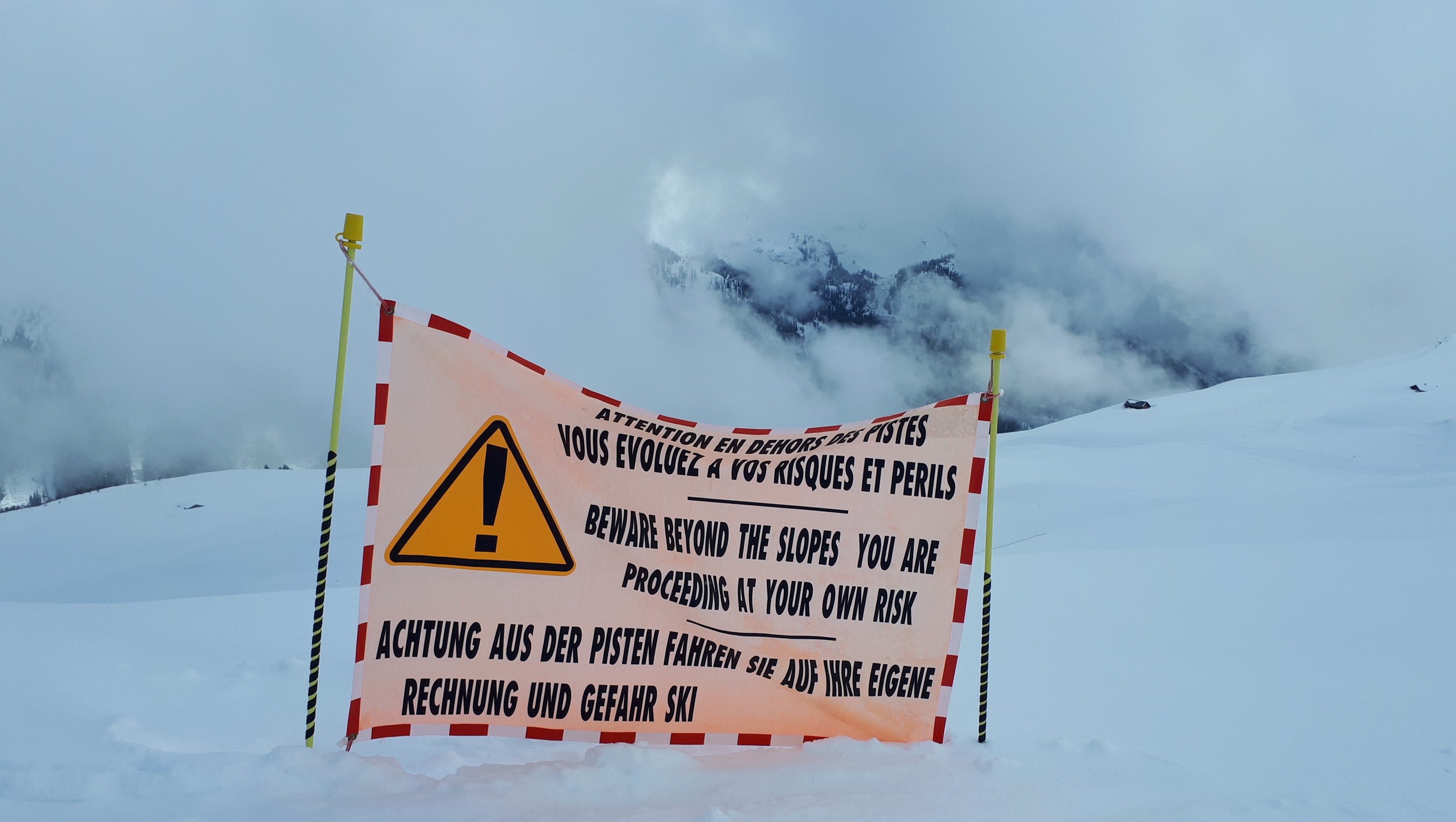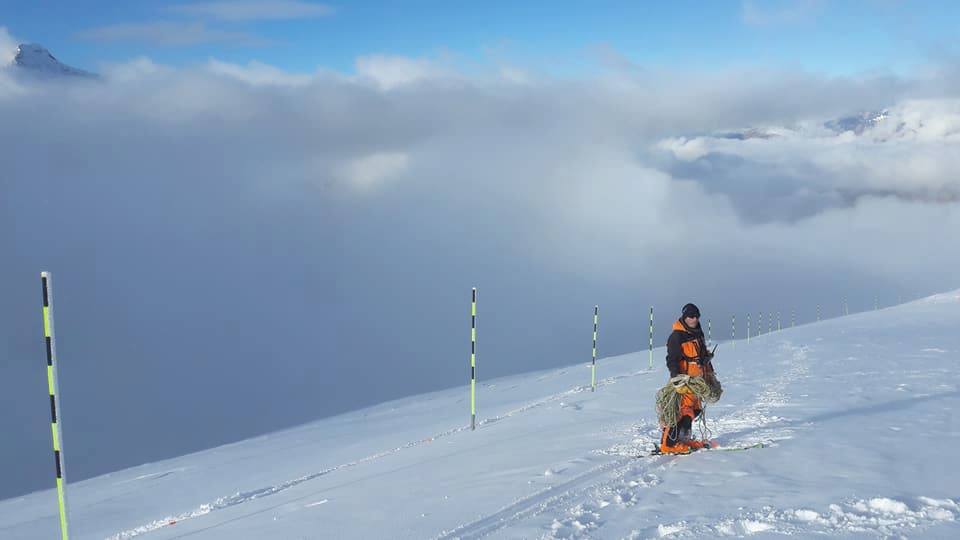You’re more likely to notice the lift operators or even the snow groomer drivers in a ski resort than a pisteur, yet their role is the most important of all.
Probably you’ve most likely to see them in the worst circumstances when escorting someone down the mountain in a ‘blood wagon’, but the job requires much more.

On duty from dawn to dust
Every day they have to formally open and close the pistes, make risk assessments on safety and, most crucially, plan avalanche management (Plan d’Intervention pour le Déclenchement des Avalanches). This latter area includes prevention as well as rescue.
In short, a pisteur is on duty from dawn to dust.
As you’d expect, before you can do the job, you need to hold a number of qualifications. requisites are required: to be of age, to hold the French PSE1 and PSE2 first aid qualifications and also pass the national technical tests.
Every day is different and a pisteur needs to be constantly alert to any changes in weather and conditions. You might not notice them, but the pisteurs are always on the move, criss-crossing the domain and checking everything it’s okay.

Avalanche prevention
It’s when there’s fresh snowfall that the job comes into its own. The pisteurs will meet and form a plan, then travel in pairs to the sectors that need to be blasted. Setting off controlled avalanches can be done by dynamite or by gas, either manually or automated.
This is a complicated procedure and can’t be rushed. That’s the reason for the delay in lifts opening the morning after a heavy snowfall.
Spare a thought for the pisteurs
So next time you’re on holiday in a ski resort, spare a thought for the pisteurs and all of the vital work they do behind the scenes to keep you and your family safe.
You can find out more about how a Brit became a pisteur in France in this special episode of The Ski Podcast –
For details of how to book a catered chalet in the Alps, please contact the Chaletline team on 01822 617 761



